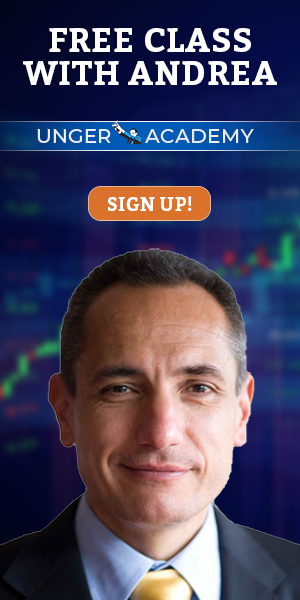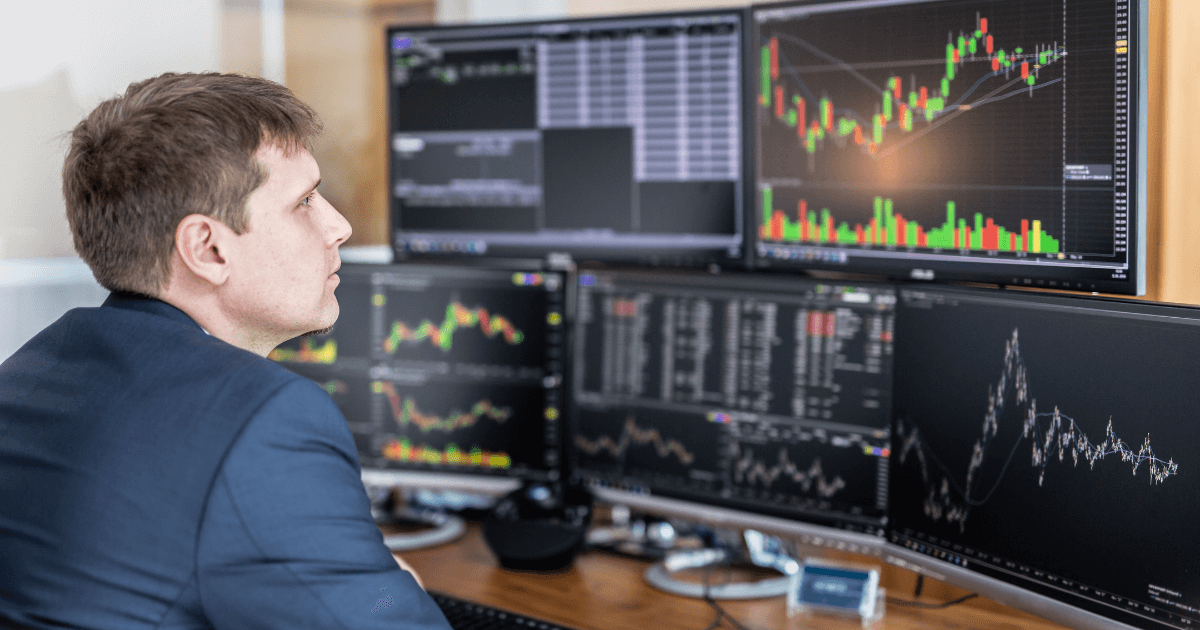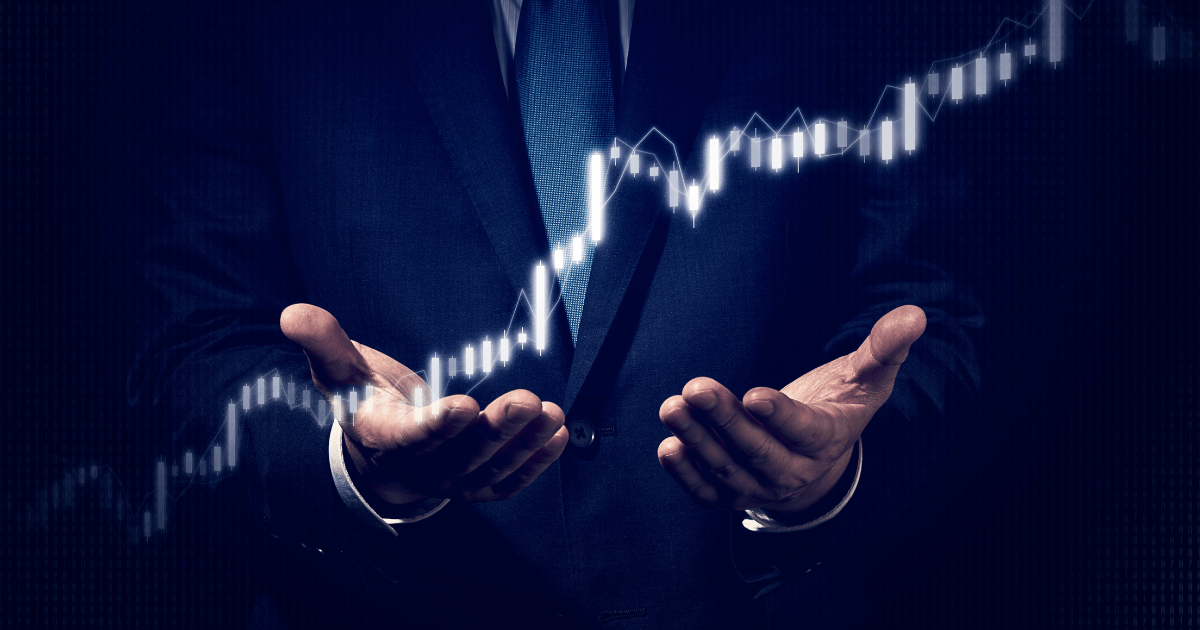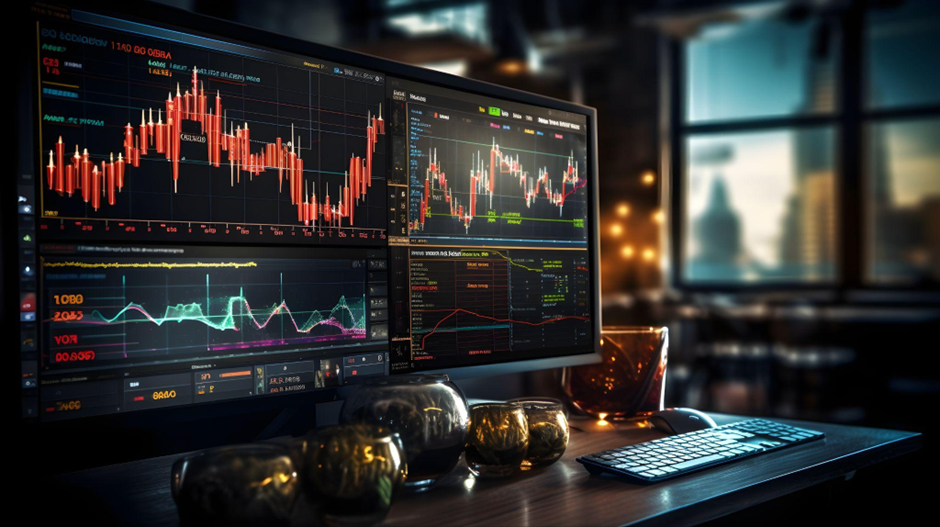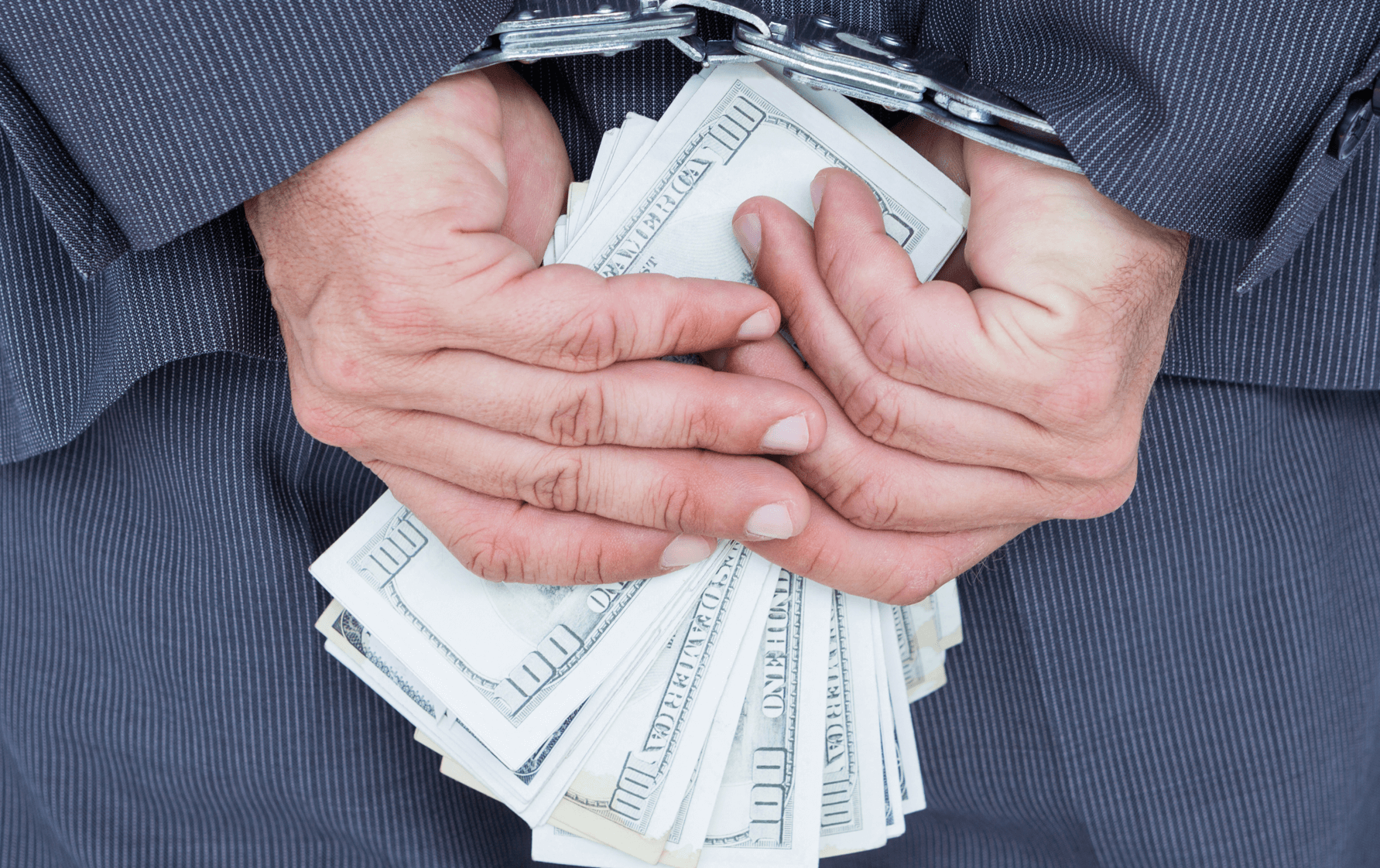To succeed in trading, it’s essential to know the “tools of the trade”. Just like a chef, who must have an excellent command of basic ingredients to prepare fine and delicious dishes, a trader must know and master many instruments to achieve his or her goals.
Among the most primary tools are the different types of market orders that help us traders in our daily activities. Each type of order has its specific purpose, whether it’s to enter the market quickly or to close the position when a certain price is reached. Being familiar with and knowing how to use the different orders correctly will significantly impact your results.
This article covers the essential order types and how you can use them to improve your performance.
What’s an Order?
Let’s start with the basics. An order is an instruction given by a trader to their broker indicating to buy or sell a particular financial instrument.
The purpose of orders is to allow traders to customize their strategy, identifying the best trades based on their objectives and risk profile.
In addition, by trading systematically (the approach we use at Unger Academy) orders can be automated inside a trading system. This means that the algorithm will execute commands even in your absence, thus reducing stress and time spent in front of the computer.
The Main Trading Orders
Let’s start with the basics. An order is an instruction given by a trader to their broker indicating to buy or sell a particular financial instrument.
The purpose of orders is to allow traders to customize their strategy, identifying the best trades based on their objectives and risk profile.
In addition, by trading systematically (the approach we use at Unger Academy) orders can be automated inside a trading system. This means that the algorithm will execute commands even in your absence, thus reducing stress and time spent in front of the computer.
Various types of trading orders can be defined based on the time limits, price restrictions, and execution conditions communicated to the broker.
The three main types are market orders, limit orders, and stop orders. Let’s look at them in more detail…
Market Order
Market orders are the simplest. Their purpose is to get us into or out of the market by buying or selling a financial instrument. As soon as your order is received, the broker will buy (or sell) at the current market price.
Thus, buying and selling occur instantaneously, as long as the prevailing market conditions are met. However, since the order is executed without specifying the level, the execution price may vary slightly.
Pros and Cons
As mentioned, the purpose of the market order is simply to get us into the market. The execution speed is the most important advantage of this instrument.
The big disadvantage, however, is the uncertainty regarding the execution price. Indeed, the latter may be slightly different from what we expected.
Therefore, we can say that market orders should be used in those cases where you want to quickly enter or exit the market, but are unsuitable for specific trades.
Limit Order
Unlike market orders, limit orders aren’t executed instantaneously. Indeed, their purpose is to enter or exit the market at a certain price level.
For example, if you want to buy a financial instrument for $200, but the price is currently settling at $250, you can set a limit order that the broker will execute only when the price drops to $200.
The basic principle is to set a limit order at or above a certain price when you want to sell, and conversely set a price at or below the market price when you buy.
Pros and Cons
The great advantage of limit orders is the ability to exactly determine the market entry or exit price. In addition, as previously mentioned, you can program these orders so that the broker will execute them automatically as soon as the necessary conditions are met, without the need to stay glued to the monitor.
In contrast, the disadvantage is that the planned order may never be executed. Indeed, if the desired price is not reached, the trigger necessary to execute the trade won’t be activated.
Stop Order
Stop orders are orders to buy or sell when the price of the instrument reaches a pre-set level, known as the stop price.
The king of stop orders is the stop loss, a very useful and widely used order. As the name suggests, a stop loss represents an indefensible loss limit. The trader decides the greatest amount of money they are willing to risk on a single trade by ordering a stop loss at a specific market price. If and when that price limit is reached, the asset will be sold to prevent further losses.
Properly managing stop orders is undoubtedly one of the most important skills for a trader, as these orders are the best way to avoid large losses during unexpected price swings.
Pros and Cons
As you may have guessed, the great advantage of stop orders is the ability to set a stop price at which the position is automatically opened or closed.
Keep in mind, however, that the stop order could also be triggered by momentary price fluctuations. This can trigger the stop order sooner than necessary, with major repercussions on one’s profits.
Also, remember that once the desired price is reached, the stop order behaves like a market order. Therefore, the price at which the trade takes place may be very different from the real stop price.
Stop Limit Order
To conclude, let us discuss a less common trading order that can be very useful in limiting a very common problem with stop orders: slippage.
Slippage refers to the difference between the expected trade price and the executed trade price. Slippage occurs most often in breakout systems and in systems that work on very volatile underlying assets.
For us traders, this represents a potentially very significant cost. But as one of the coaches at Unger Academy shows in this video, it’s possible to limit this problem by using stop limit orders instead of standard stop orders.
In the video, you can see how to set a stop limit so that it stays directly on the exchange, and not with the broker. In this way, our order will prevail over those sent by brokers, reducing slippage.
Of course, this isn’t the ultimate solution to the problem, as we need to check on individual exchanges to see if these orders are accepted.
Conclusion
We hope this guide has provided you with a general overview of the main trading orders.
This is by no means an exhaustive guide, but you can use it as a starting point to further your knowledge.
If you’re interested in learning more about systematic trading, please continue browsing this blog and read our articles!


